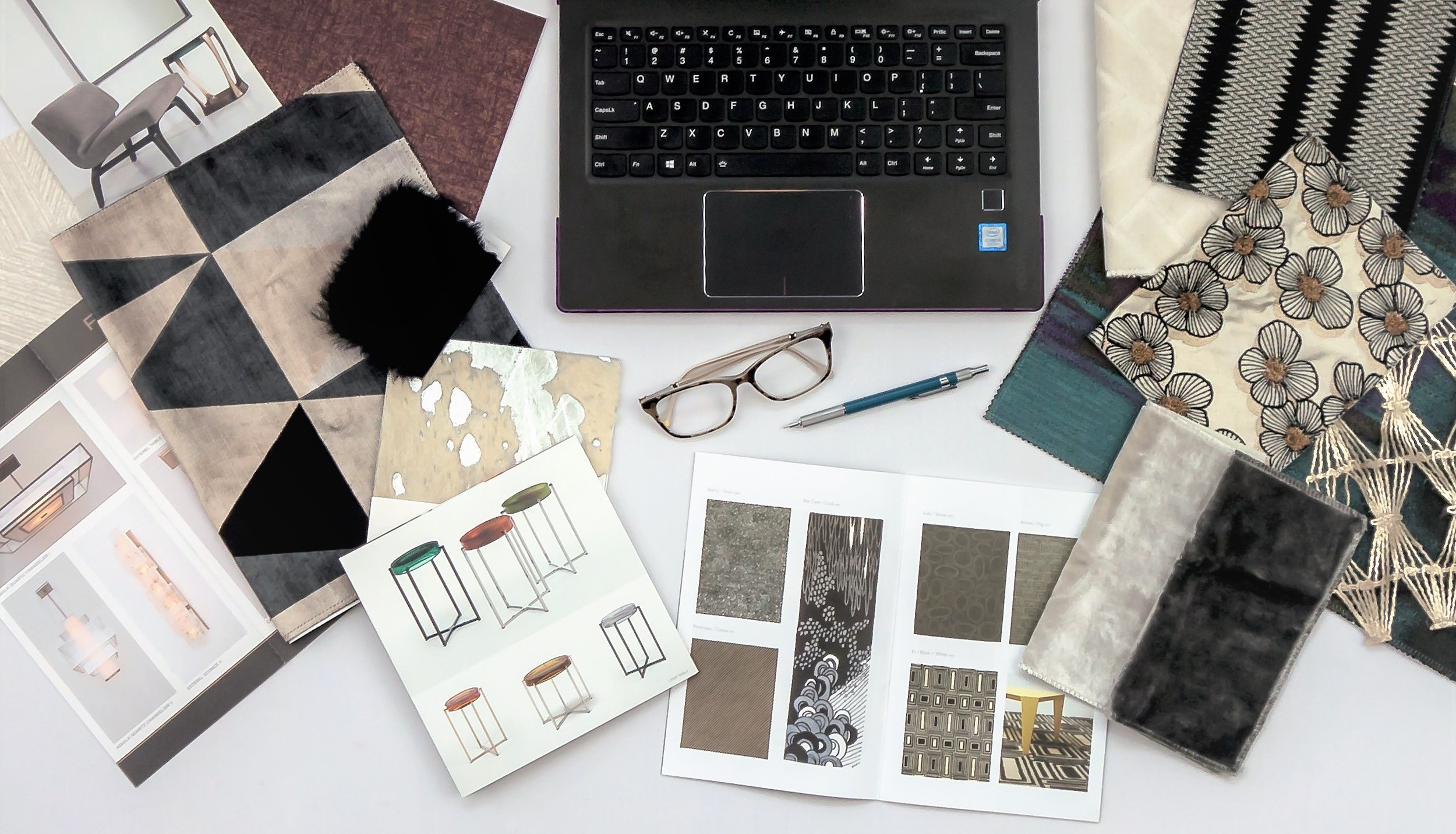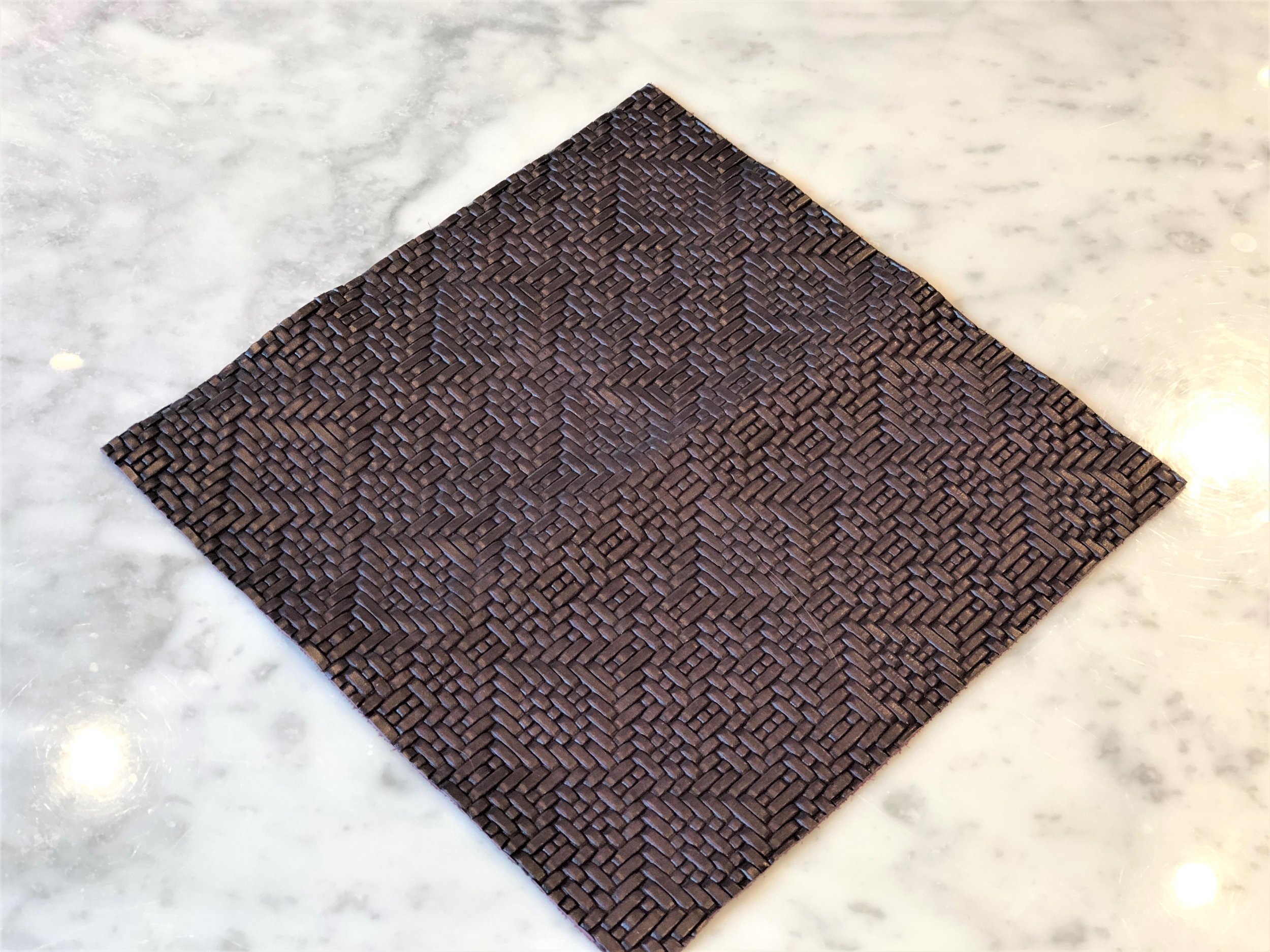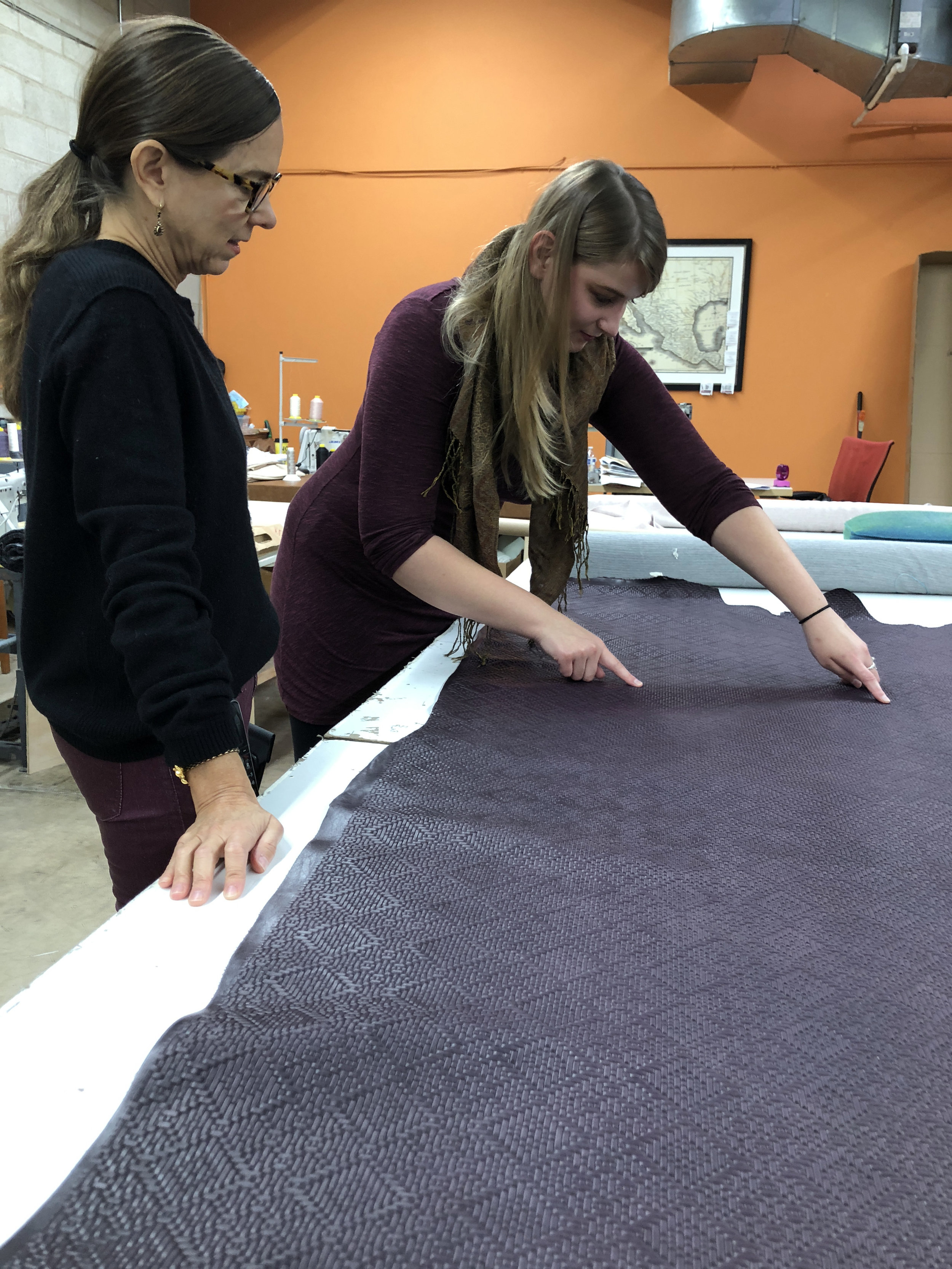
What's In Your Sofa?
Have you ever stopped to consider what’s inside your sofa? When it comes to furniture, it’s not all created equal. Lets breakdown the basics of what’s inside a sofa: frame, suspension, and cushions. When shopping for your next sofa, ask the manufacturer these questions.
So you’ve decide to buy a new sofa, but you don’t know where to start! You’ve see sofas advertised on sale for $399.00 at your local retailer, which sounds like a great deal! But have you stopped to think about what’s inside that sofa that makes it so inexpensive?
When it comes to furniture, it’s not all created equal. My experience as the Lead Designer and Project Manager at Covers Unlimited, a quality custom furniture manufacturer and reupholster, taught me the details and difference of what goes into making a quality piece of furniture. What may look good on the outside can be full of particle board on the inside. That inexpensive sofa is not going to last very long and you’ll be shopping for a replacement again in a couple of years.
Lets breakdown the basics of what’s inside a sofa: frame, suspension, and cushions. When shopping for your next sofa, ask the manufacturer these questions.
Manufactured by Covers Unlimited | designed by Jeannie Bishop Design
What is the Frame Made of?
This is the bones and foundation of the piece. Look for Kiln Dried Hardwood. Kiln drying is the process that gets all of the moisture out of the wood. This is important, because it helps to prevent warping and destabilizing of the wood frame. Hardwoods like Walnut, Cheery, Maple, Poplar, and Oak and will have the most strength, making them appropriate for furniture construction.
Pro Tip: Look for woods sourced from sustainably managed forests.
What to watch out for:
Plywood Frames - Thin layers of inexpensive wood that are glued together to create a stronger piece of wood. A.K.A engineered wood.
Particle Board - Made from wood chips and fibers that are glued together. This is not suitable for sofa frames and will eventually fall apart.
What Type of Suspension?
Furniture suspensions are just like the suspension on your car, they provide support when sitting on the furniture piece. They need to be resilient enough to take impact and return to original form. There are 4 main types of suspensions and each serve a different purpose: Webbing, Wood Board, Zig Zag, and Coil Springs. Often you will see a combinations of these suspensions together.
Webbing Suspension: Webbing suspension can be found on the arms, backs and seats of sofas. It’s flexible so it’s great for curved furniture. This type of suspension is less expensive than spring construction and easier to install.
Wood Board Suspension: Wood Board suspension is a removable piece of wood that gets foamed and upholstered and then reinstalled on the piece. You will see this on banquette seating, window seating, and dining chairs. It’s easy and affordable, but lacks the resilience and shock absorbing qualities of webbing or springs. Keep in mind when using board construction, the thickness and density of the foam. You want a high density, medium firm foam of at least one to two inches, so that you don’t feel the wood board when you sit down. Three inches is preferred for banquette and window seating.
Zigzag Springs: Zigzag Springs absorb shock, and are typically less expensive than hand tied springs. You will see these in chairs, sofas, and sectionals.
Eight Way Hand Tied Springs: This is the best of the best for suspension. You’ve probably seen this in high quality pieces of furniture. This will give you the most resilience and shock absorption. It is most expensive because of the labor required to manufacturer.
What’s the Cushion Filling?
There are many subcategories and fiber contents within each of these, but let’s stick to the basics for cushions.
Foam: I look for a high density, medium firm foam. The quality is in the density, not the firmness. It’s a misconception that a firmer foam will last longer than a softer foam. It’s all about the density, which you can’t necessary see or feel that makes it a quality product. A good furniture manufacturer, will be able to tell you more about the foam composition, rather than just say “it’s high quality!” Phrases like that will lead you down a road to saggy cushions in 6 months.
Dacron: Dacron is made of polyester and is known for its durability. Dacron, unlike natural fibers, is hypoallergenic, non-absorbent, and mildew-resistant. Most often seen loose or in sewn bags to create back cushions. Dacon as a material is not a bad thing, but it’s how it’s combined to create your furniture that you should watch out for. A back cushion that is 100% dacon is okay, but a seat cushion that is 100% Dacron will not give you any support, you need foam in there to hold it up.
Feather/Down blends: A blend of feather and down creates an ultra plush cushion. You will typically see this in sewn bags for back or seat cushions.
Foam and Feather/Down Wrap: Also known as a sandwich cushion. The inside has a piece of foam, then it’s wrapped in layers of feather and down bags. This provides structure, but also that ultra comfortable feel.
Outdoor Foams: Reticulated foams have tiny holes that allows water to pass through. This prevents the growth of mildew. This is important as you can not just use any type of cushion outside, it needs to be suitable for outdoor use. Also make sure to use an outdoor grade fabric. The goal is for the water to flow through the cushion, not sit on top.
Pro Tip: Make sure if you use a welt cord on outdoor furniture, that is made of acrylic and not cotton! The cotton when wet over time will grow mildew, making your outdoor cushions and outdoor fabric useless.
Need More Help?
Need help selecting a sofa? Many factors like what it’s made of, where and how it’s made, fabric, size, style, and if it will even fit through your back door need to considered. I’d love to help you with these decisions and find the perfect sofa for your lifestyle and budget!
Behind the Scenes: Dining Chair Reupholstery
I’m so excited to share a behind the scenes look at my most recent reupholstery project! These antique chairs needed some TLC. Finished just in time for Thanksgiving, these newly redone chairs are sure to be the talk of the dinner table! Special thanks to my favorite upholstery shop, Covers Unlimited and my go to leather source, Garrett Leather for being invaluable partners in the completion of this project!
I’m so excited to share a behind the scenes look at my most recent reupholstery project! These antique chairs needed some TLC. We cleaned them up, repaired the wood frames, replaced the suspensions and cushions, and reupholstered them in a beautiful new textured leather that you’ve just got to see to believe! We did all this while still maintaining the beautiful antique quality and kept the overall aesthetic of the home in mind. Finished just in time for Thanksgiving, these newly redone chairs are sure to be the talk of the dinner table! Special thanks to my favorite upholstery shop, Covers Unlimited and my go to leather source, Garrett Leather for being invaluable partners in the completion of this project!
The Current Chairs
Truly unique, these chairs were originally upholstered in giraffe hide! The chairs definitely needed some work as the hides were stiff, cracked, and torn making them incredibly uncomfortable to sit on. Covers Unlimited carefully removed the old hides, as my client wanted to preserve the material for an up-cycle project. They took extra caution to care for the wood during the removal process.
Next, the wood frames needed some attention. We did not do a full refinish, but just a basic wood touch up. The existing wood finish was in fairly good condition expect for a few nicks here and there. Some of the chair frames were cracked and needed wood repair. Covers Unlimited took care of the damaged areas while preserving the antique quality. All of the chairs received new suspensions, durable high resilience foam, along with frame tightening. I really appreciated their attention to detail.
One of the best things about working with Covers Unlimited is having a dedicated project manager that works with interior designers. Susan Rix, the Design Project Manager has a background in design and an amazing eye for detail! I love being able to trust that my clients’ furniture is in good hands.
Selecting A New Leather
One of my favorite parts of my job is exposing my clients to beautiful new products they could never even imagine. Part of that process involves educating my clients on quality, value, and what makes one product different from another. Leather in particular is complicated. It can be difficult to understand the qualities and grades of leather. If you’re interested in learning more about semi- aniline, pure aniline, top grain, full grain or other leather terms, check out this fantastic resource from Garrett Leather.
For this project we wanted something that was easily cleanable, aged naturally, and would compliment the antique characteristics. We started with rich espresso tones, made our way to burgundy, but ultimately decided on a deep plum color that complimented the other colors and finishes in the room. To give it an even more one of a kind look and feel, we studied a variety of impress patterns from Garrett. We selected a pattern that complimented the scale of the oriental rugs and went well with the other motifs in the room. We selected Journey Majestic Mountain from Garrett Leather with Impress Bases.
When ordering leather, it’s always a good idea to order a dye lot cutting for approval. Since leather is a natural material, each hide may take the dye slightly differently than the last. A CFA is a small piece cut from the exact hide that you will be ordering. This allows you to review the hide and make sure you are happy with the color and texture before placing the order. After we approved the cutting, we ordered a strike off. The strike off is a impressed sample on the exact hide/dye lot we approved. Our strike off was about 12”x12” which allowed my client to get a good sense of the pattern on our selected leather color.
Rolling Out The Leather
Now comes the moment we’ve been all been waiting for, rolling out the new leather! Over the past 2 month we’ve been looking at small samples and have yet to see the full hide of our new leather. When the hide arrived, I went over to Covers Unlimited to inspect it and talk with Susan about how we would lay out the pattern on the chairs, making sure to be conscious of plate lines and repeats.




















